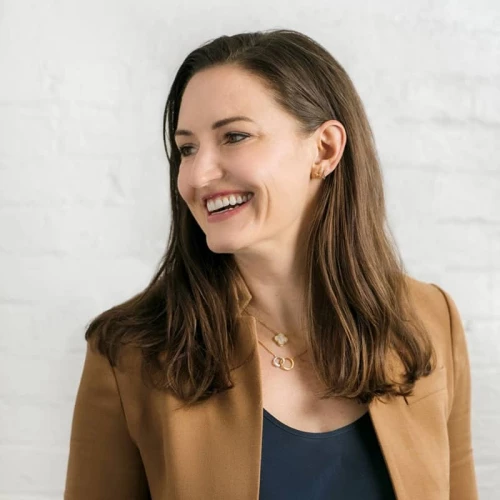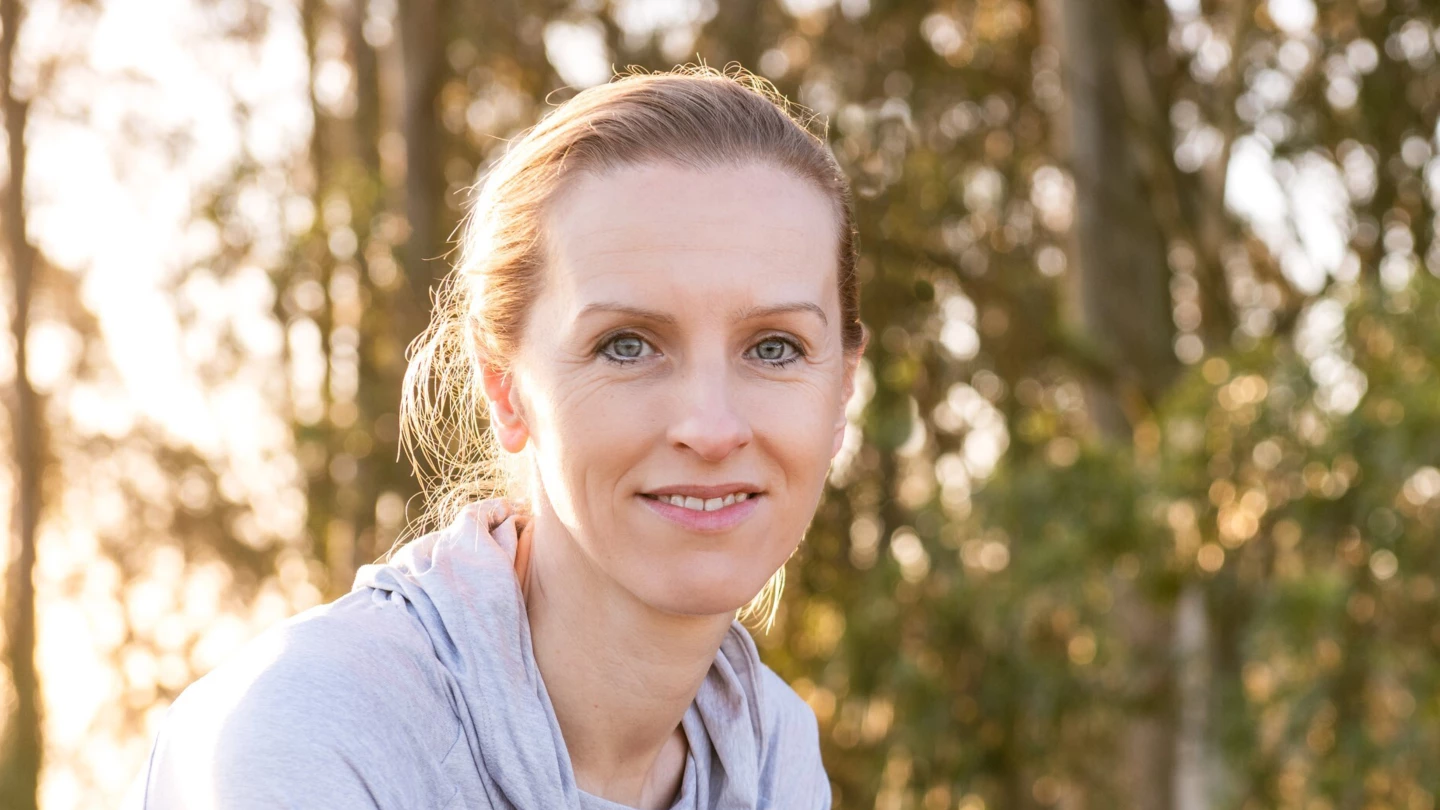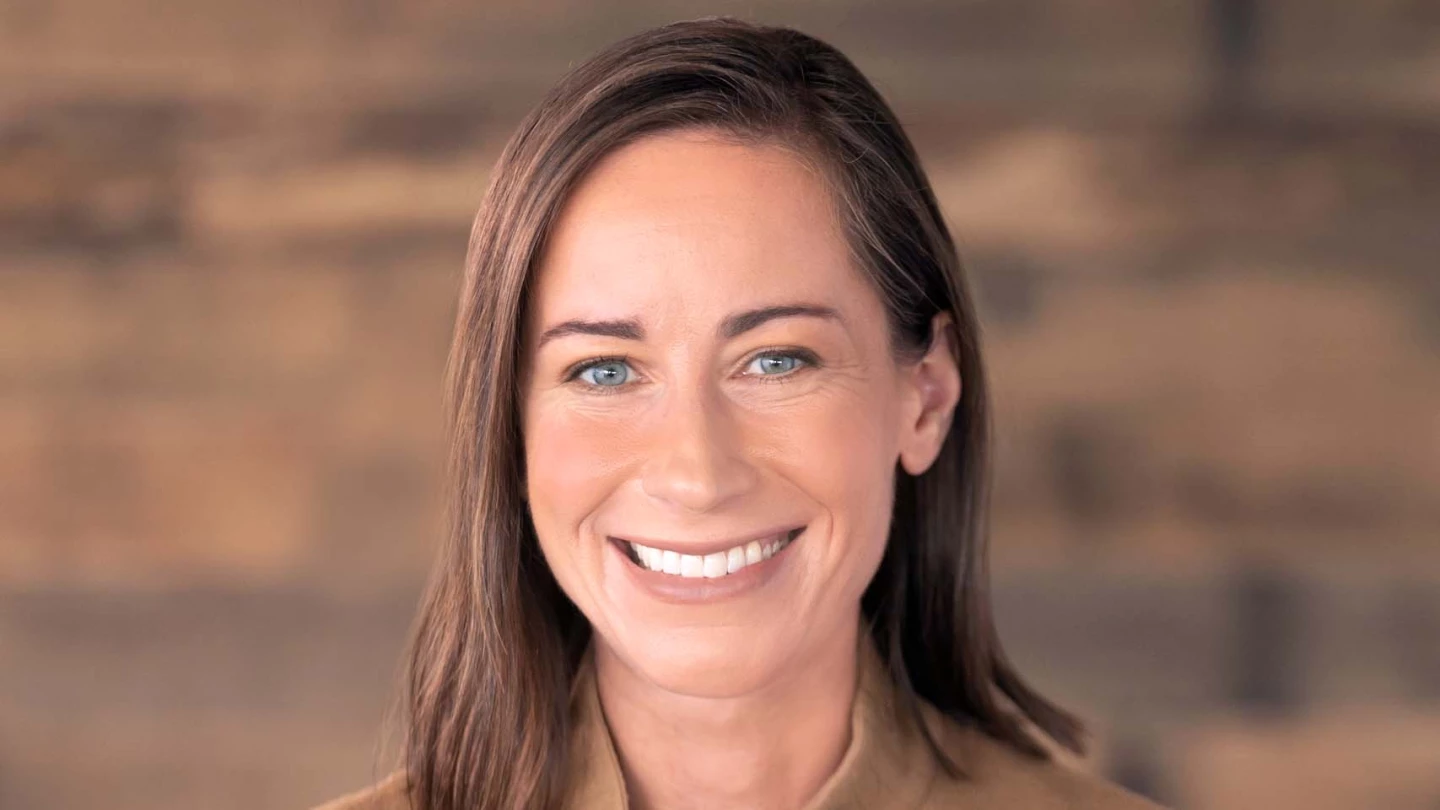First of all, congratulations on your recent appointment to CEO of Flatiron Health. Can you talk about your new leadership role transforming cancer care and research at Flatiron?
Flatiron Health is a mission-driven organization focused on saving lives by learning from the experience of every cancer patient. Our vision is to transform the way cancer is treated and researched around the world through technology and scientific innovation.
Almost everything we know today about what works for patients with cancer comes from the relatively few patients who enroll in randomized controlled trials. We build the EHR [electronic health records] software that supports care for roughly 20% of the cancer patients in the US, along with a robust set of value-based care, revenue cycle, and clinical trials solutions to help cancer centers thrive. We then transform real-world data (RWD) gathered at the point of care into real-world evidence (RWE) to improve treatment, inform policy, and advance research. In partnership with life science companies and academic health centers, with other clinicians and researchers, and with bodies like the Food and Drug Administration (FDA) and the National Institute for Health and Care Excellence (NICE), our data and insights have helped to expand treatment alternatives for people with gastric, colorectal, esophageal, breast, and head and neck cancer—to name just a few.
Flatiron was founded in 2012, and I stepped into the CEO role succeeding our two co-founders in April 2021. I now have the privilege of setting our vision and strategy, guiding our evolution as a company, and maximizing the impact we deliver for our customers, partners, and cancer patients around the world. We have made great strides toward our mission over the last decade, but we’re still just scratching the surface of what’s possible. As the trusted partner to clinicians, researchers, drug developers, and regulators, we are uniquely positioned to drive greater knowledge and smarter decisions, from the discovery and approval of new treatments to their delivery and impact at the point of care.
I’ve always been most motivated by solving interesting problems and making a meaningful impact. BCG gave me a fantastic foundation to understand how organizations work, how to break down and tackle complex problems, and how to build support and alignment around new ideas."
Also, taking on the CEO role means you are also taking on a people leadership position and aiming to accelerate your organization’s efforts in recruiting, retaining, and advancing more diverse populations like those who live with cancer, how are you pursuing these priorities?
Our team is the backbone of our scientific, technical, and services infrastructure, and we have invested, and will continue to invest, deeply in our people and in developing a workforce that reflects the diversity of the many people who live with cancer. Two years ago, we formally appointed a Head of Diversity, Equity, and Inclusion and made commitments to improve representation, with a particular focus on leadership roles, and to strengthen inclusion across the organization. We’re working hard to embed these goals into our core business processes, for example: our sourcing and hiring process, our engagement surveys, the competencies we consider in our performance review process, and our learning and development programs. We’ve now rolled out targeted programs to invest in our under-represented groups, for example employee-led ERGs and focused mentoring programs, and to measure and mitigate bias in hiring, compensation, and promotion rates. I’m a big believer in transparent metrics, so we’ve set explicit DEI goals, and we measure and report gender and racial representation and employee inclusion feedback to the whole company. I was thrilled to see that we actually improved our scores by 6 to 20 percentage points in each of these key focus areas in the last year.
Additionally, we are uniquely positioned to help understand, expose, and address disparities in cancer care. We’ve recently created a new role leading Health Equity Research and are integrating a health equity lens in all of our work.
You have had a very impressive career progression at BCG, and beyond. How has the transition been from a large consulting firm to industry, and what are you most excited about in your new role?
I’ve always been most motivated by solving interesting problems and making a meaningful impact. BCG gave me a fantastic foundation to understand how organizations work, how to break down and tackle complex problems, and how to build support and alignment around new ideas. I feel incredibly fortunate to have learned from so many incredible mentors and to have benefitted from all the resources BCG offered such as regular developmental feedback after each project and world-class training programs. When I joined my first Series A startup after BCG, it was definitely a reality-check to realize that we needed to build all of this from scratch. Over the last 10+ years, I’ve been lucky to take on roles with increasingly larger scope and impact. What’s been true at every step and stage is that my success is determined by the team I have around me. As CEO at Flatiron, I’m most excited about the potential we have to transform the infrastructure of cancer care and the team we’ve built to tackle such an important goal.
Can you share a meaningful experience or an influential lesson you learned from your time at BCG that has helped you in your current role?
One of the most memorable values that I remember from my time at BCG was “chart your own course.” It has really inspired me to be proactive in owning my career path, to ask for what I want, and, most importantly, to follow my passions. After spending most of my early career in technology and data companies, I made a really conscious choice to make a move into the healthtech world when I joined Flatiron six years ago. It was a huge learning curve to start, but I’m so glad I took the risk.


